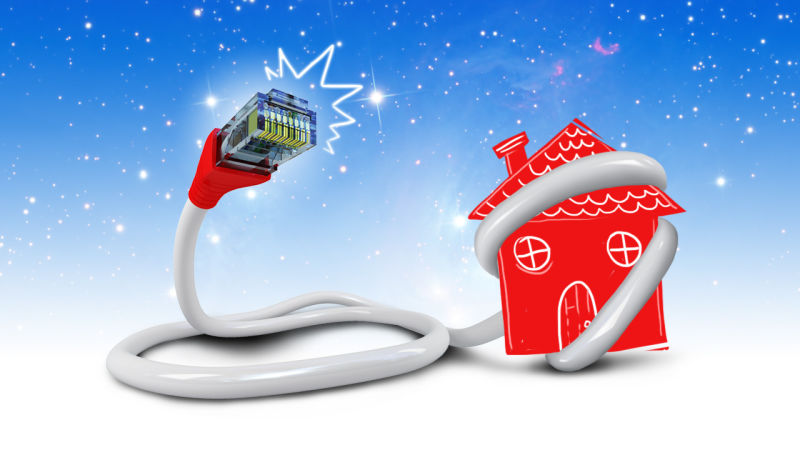Five Easy Steps to Install a Wired Home Network
It is well known that the usage of WiFi connection is the most popular option among the general public, but when talking about efficiency, wired connection is more recommendable. A direct connection made with cables provide a faster and more secure network, if you can’t connect wireless gadgets like tablets and cellphone to this type of circuit the rest of your devices will function better with this modality.
Of course, setting up a wired network is more complex than just installing a router but we have a step by step guideline that will help you achieve this goal.
First but foremost, you need to think about what you want from the connection. Some of the decisions that you must make are how many devices will be connected to the network, where located them and in which place set the wires.
Remember that this type of interconnection between the devices will require a lot of cables, so if you don’t want to make a mess, it is really important to consider how the wires will be distributed. In our experience, we can tell that planning the design of your home network is the best way to anticipate to possible problems that may surge during the installation.
By the way, don’t forget that it is also important that the router’s spot be a central point that can reach a good signal, this is an essential consideration if you are planning to combine the wire connection with WiFi. Also, think about the way you prefer this distribution be made, thinks like how the cables will be placed in the path to the devices if you are going to stick them to the floor or the walls.
Remember to avoid placing the cables close to devices like microwaves or TVs when you design the network, because the electromagnetic interference could affect the efficiency of the wired network.
It turns out that the cable that you choose to use has a significant influence on the network speed. The wires used for internet connections are Ethernet cables, and they have several categories for you to choose. We recommend you to decide between two most common categories, Cat5e and Cat6a cable, both of which are some of the best options based in a cost-efficiency relation.

This step will help you to have an estimated of how much money will be needed to invest in the network.
Once you have decided where and how the wires distribution will be made and which cable category you will choose, it is time to measure the distances.
Calculate the lengths of cable that you will need, that way you wouldn’t buy less material of what you will use but, keep in mind that always is a good idea to acquire at least two more lengths of the planned just in case.
Also consider the rest of the materials you need to use such as wall plates, jack ports, drywall cutters, cable clips, etc.
Before starting to make the installation, remember to check that you have all the necessary equipment to do the job, that way you wouldn’t have to stop in the middle of the process because something is missing.
Ok, so once you have decided how the installation will be made and which materials you will use for your wired network is time to start to place the cables and connectors.
Here is the thing, you need to be clear that this part of the process is going to be complicated if you don’t have a basic knowledge in electrical installation so maybe you should consult an electrician before rummage with high voltages cables.
You already know the path that the cables will take so, the start by selecting where the router will be. From that spot, you must start to put the cables in the direction of the devices that will be interconnected. To pass the cables from one room to other some people make holes on their home’s walls but is necessary to use tools like a pointed hand saw to do it appropriately.
After setting up the cables, you can proceed to install the wall jack plates. This step is probably the most complicated of the process to build a wired home network.
The wall plates allow you to have multiples ports for different devices in the same place. According to the jacks that you select the wall plate can have a combination of keystone jacks for copper cable, USB, HDMI, BNC, etc. which made this article very useful. To make the installation of the wall jacks plates is necessary to locate the internal cables in the wall and you need some tools such as stud finder, a drywall saw or a pointed hand saw to make the installation.
Once you complete all these five steps you will have a wired home network that will offer you a faster and better internet connection.